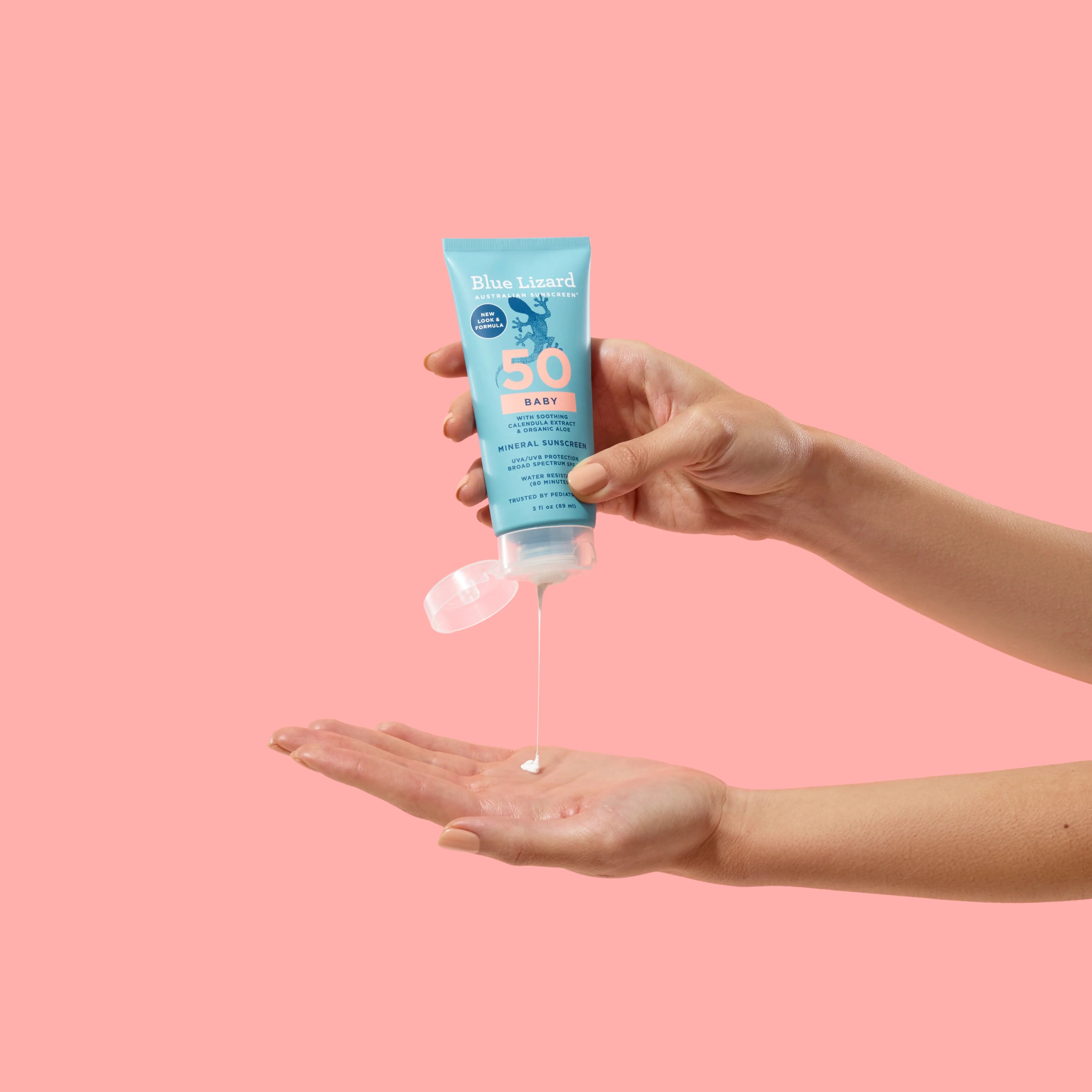We have all heard that applying sunscreen daily is one of the many ways to protect yourself from the sun’s harsh rays. Yet choosing sunscreen can be confusing and the ingredients on the back label can often look like a foreign language! However, analyzing the sunscreen ingredient list on a product can tell you how your sunscreen is protecting you and what ultraviolet (UV) filters and active agents are being used.
There are two general types of sunscreen: physical and chemical. Chemical sunscreens generally work by absorbing the sun’s rays, while physical sunscreens sit on top of your skin and block or reflect the sun’s rays.
Zinc oxide is an active ingredient often found in physical sunscreens. Physical blockers used to leave white residue on the skin (think of a lifeguard at the beach with a white nose) but modern processing techniques have largely done away with that. The benefit of physical blockers is that they don’t decompose through sun exposure, so they theoretically have a longer life on the skin. They also work immediately, unlike chemical sunscreens that need to be absorbed before they work effectively.
Zinc oxide is one of 17 ingredients approved for use in the U. S. by the Food and Drug Administration (FDA). It is also unique among sunscreen ingredients in that it effectively blocks all parts of the UV spectrum, including both ultraviolet A (UVA) and B (UVB) radiation. Zinc oxide is also very gentle on the skin and is less likely to cause irritation.
Zinc oxide is available in several grades — Blue Lizard Sunscreen uses the very high-grade zinc oxide, which is preferred for pharmaceutical dermatology products. It is the only one of its kind recognized by the Food and Drug Administration (FDA) as a Category I skin protectant. Because of its high quality, it is classified as USP (pharmaceutical) grade, a higher rating than cosmetic-grade zinc oxide. And, Blue Lizard’s zinc oxide is also recognized as a diaper rash treatment by the FDA.







